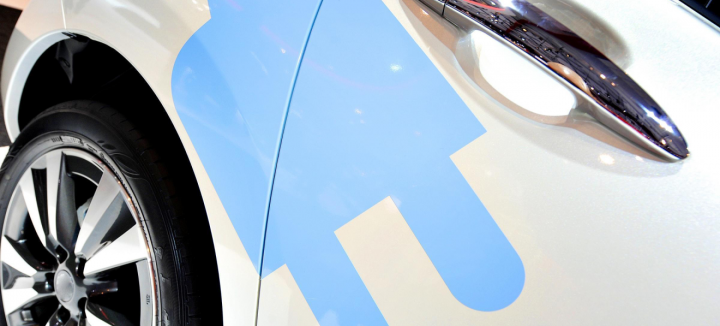Drivers are boosting the use of rapid chargers as ev sales accelerate, according to the first in-depth study of its kind.
The Green Finance Institute and Zapmap, the UK’s leading charge point mapping service, have produced a pioneering report that offers a deep dive into the utilisation of the country’s electric vehicle (EV) charging infrastructure.

The new report – which aims to help investors and local authorities look beyond the number of charge points installed as a success metric, and consider how to ensure the right charging devices are in the right place – shows how utilisation of charging has changed over time.
While to date there is no industry-standard definition or calculation for the utilisation of EV charging infrastructure in the UK, the groundbreaking report – for local authorities, investors and charge point operators – sees the Green Finance Institute and Zapmap introduce two effective ways to measure, understand and act upon utilisation rates.
Indeed, thanks to its partnerships with UK charge point operators, Zapmap is able to record and analyse hundreds of thousands of charging sessions each month – from around 70% of all public charge points across the country.
The Green Finance Institute and Zapmap used this data to estimate two different forms of utilisation, each with their pros and cons. First is the exact time-based utilisation of charge points – or the amount of time a vehicle is plugged into a charging device, but not necessarily charging.
This measure is useful for understanding when a charger is available for someone to charge. Second is the estimated energy-based utilisation of charge points – in this case, the estimated energy delivered during a charging session, relative to the potential maximum energy that could have been supplied in the same period. This measure gives more direct insight into the revenue a charger could provide.
With Zapmap tracking this data since 2018, the two organisations have been able to reveal how these two measures differ, as well as how they vary across power ratings and have changed over time.
The overall picture sees time-based metrics showing higher utilisation at a relatively even level across power ratings, with energy-based metrics demonstrating a lower level of utilisation that varies significantly across power ratings.
Despite significant growth in the number of pure-electric cars on the road* and the country’s charging infrastructure** between Q4 2021 and Q4 2022, the Green Finance Institute and Zapmap found that the time-based utilisation of charge points across most power ratings did not change significantly during this period. On average, time-based utilisation increased from just under 14% in Q4 2021 to 15% in Q4 2022.
However, the analysis uncovered one exception to this trend, with the time-based utilisation of ultra-rapid chargers (100kW+) increasing from just over 12% to more than 16% over the same period.
This shows that ultra-rapid chargers are in high demand, even with the number of these devices increasing by 78% between the end of 2021 and the end of 2022 – the highest percentage increase of any type of charger.
Melanie Shufflebotham, Co-founder & COO at Zapmap, said, “It’s great to see these utilisation figures coming into the public domain because they can really help us move the conversation on from simply talking about the number of charge points to looking more closely at charging behaviour and patterns on different types of chargers.
“This in turn can help to inform local authorities and investment, ensuring the right charging provision is installed in the right places.
“As ever, new analysis often raises more questions than it answers. But one clear trend that both measures highlight is the increasing utilisation of ultra-rapid charge points, and an expectation that this will continue as more vehicles enter the market with improved charging capabilities.”


